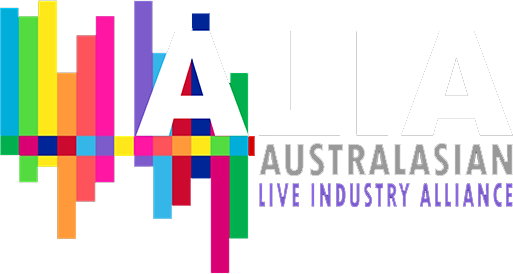



 This was the first time Megan has done a tour with a full orchestra instead of her band so she wanted it to be something a little bit different and special.
This was the first time Megan has done a tour with a full orchestra instead of her band so she wanted it to be something a little bit different and special.
“When discussing with her in the early stages, we agreed a touring set element made up of lighting was the best approach so that we could achieve a consistent and unique look between all the different shows,” explained lighting designer Peter Rubie. “The LED pixel tube product was something I had used in the past on a design collaboration Trent Suidgeest. When showing Megan some design options she loved the look that the tubes gave in a suspended pendant style, and so we decided on that as our set element for the tour.”
Peter’s rig included sixteen moving profiles overhead, eight on the sides / floor and thirteen washes, make depending on what’s sourced locally. Plus there’s a house rig of front and side lighting, two hazers and some LED drape washes.
120 double sided LED pixel tubes supplied by Perth company Starfall LED are suspended over the entire stage with an additional 20 on the floor. The configuration of these was the result of many hours spent working with them in a 3D drawing to get a planned ‘random’ staggered hanging look that filled the air. The problem with hanging something just randomly is that it doesn’t actually end up that way, ending with double ups and nearby units at the same height. There is also a slight tapering of the tubes down the side and the further upstage they are, which gives the audience the feeling of the stage and orchestra being all encompassed in the canopy of LED.
Control of the show was by a Jands Vista S1 lighting console which Peter describes as the perfect designers’ console.
“Contrary to some opinions, it does everything the other consoles do and its visual GUI interface means I can paint my design without spending valuable time entering keystrokes and thinking about numbers and tables to create complex looks and effects,” he commented. “It also handles multi-element fixtures, such as the LED tubes, in the best way that I have come across allowing you to easily switch from handling fixtures as a whole, or as broken up elements when applying selection order to programming and effects. Using it on tour saves me a lot of time too. It models all parameters back to consistent ranges and even matches gobos by category so there’s barely any updating of palettes when swapping fixtures between the different stops on the tour. The tubes themselves are controlled half by Vista and half by MADRIX using a sACN merge. As there was no content created specifically for the show, the use of MADRIX enabled me to generate fluid content looks on the fly which are hard to achieve from standard effects engines which typically follow a waveform.”
Having done design work for contemporary music shows in collaboration with orchestras for a long time now, the biggest challenge Peter faces is always finding a balance in the design that fulfills his creative vision but also works for what can sometimes be 70 people on stage. Classical musicians are getting more and more used to performing under production lighting these days but it is still a huge contrast for them from the conditions they play under most of the time.
“Of course, some players are more accommodating than others!” said Peter. “The music stand sconce lights are often no match for our stage lighting, especially with everything just getting brighter and brighter. Newer LED source sconce lights help but aren’t always available. The looks that are the most powerful and effective from an audience point of view, for example beams in a breakup pattern through the haze, are often the worst for the orchestra trying to read the dots so it’s a fine balancing act.”
Peter holds back on the hanging tubes for the first few songs in the show, turning on only a few pixels. The first time they are revealed in full is a huge chorus moment reveal in the song Body Double. There is a big wipe up from the floor through to the air of all the pixels in the tubes and at the same time the overhead moving lights sweep a strong texture through the tubes which, due to their transparency, works really well. It is a big look and a bit of a wow moment for the audience.
There are three stops left of the tour: Hobart – 24th October, Perth – 27th October and Melbourne – 10th November.




















































